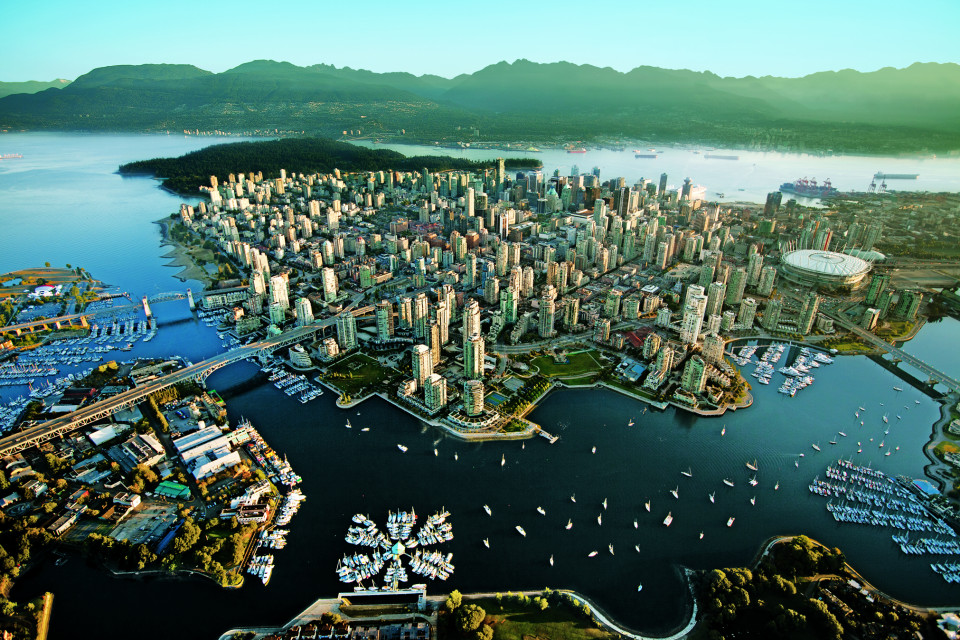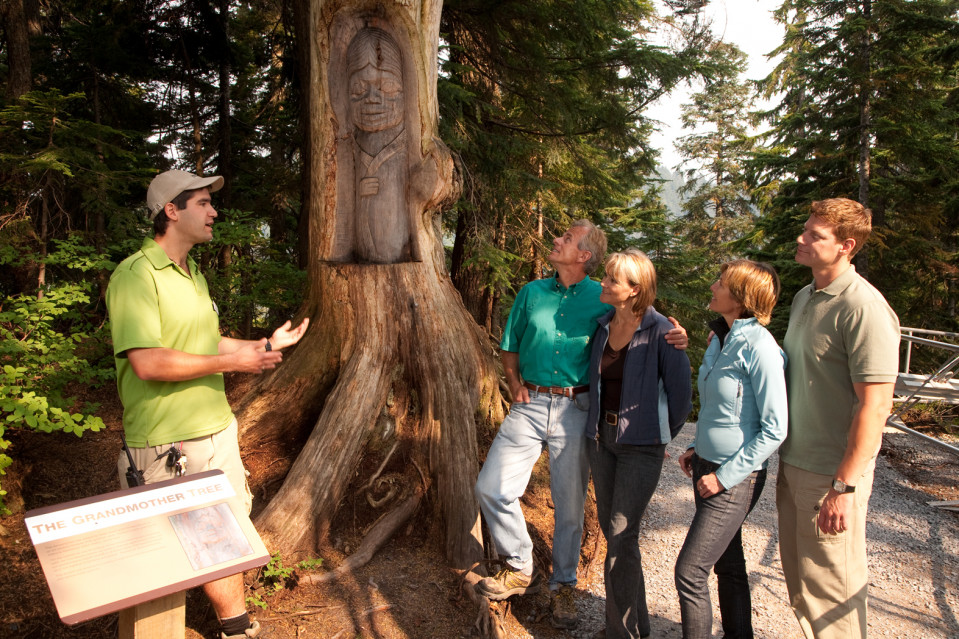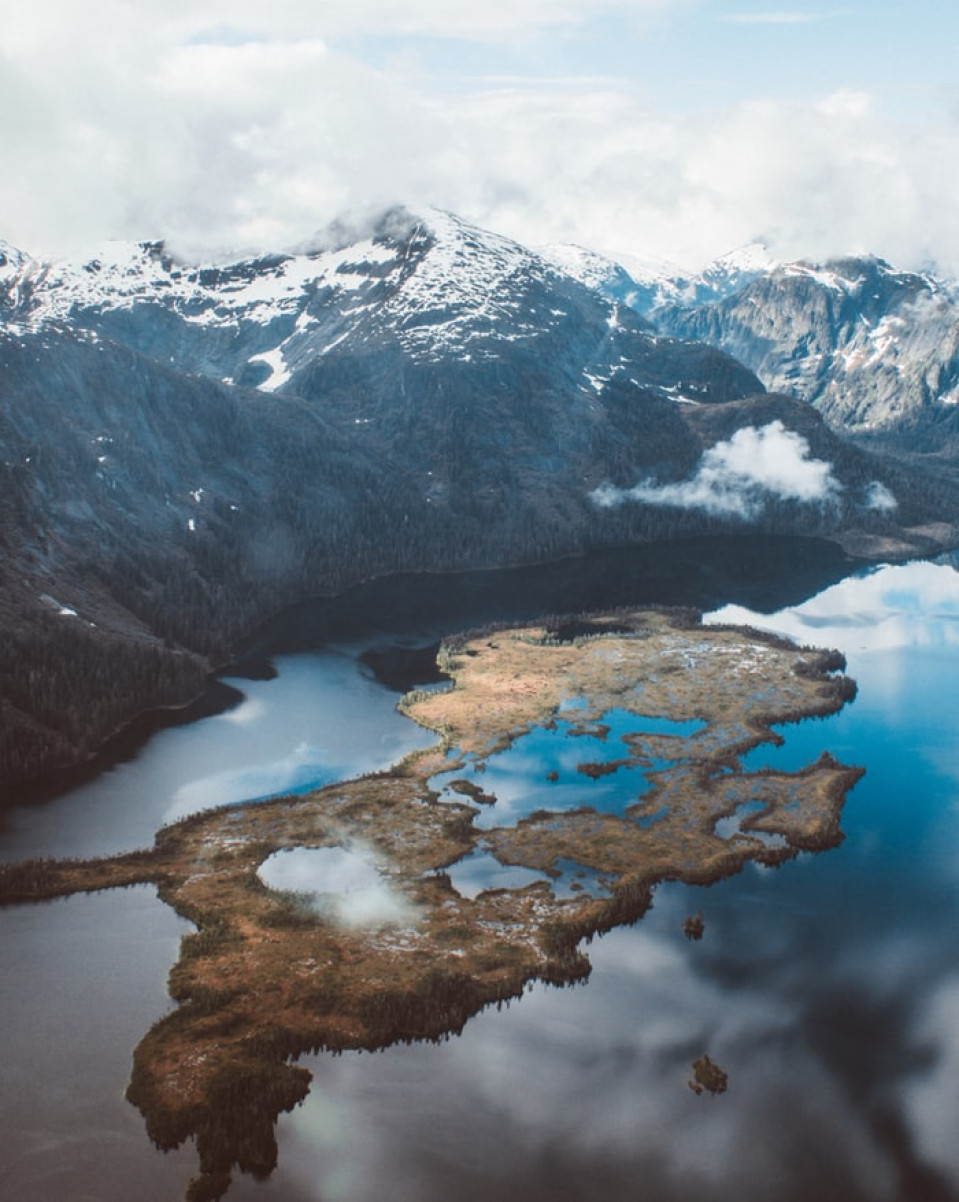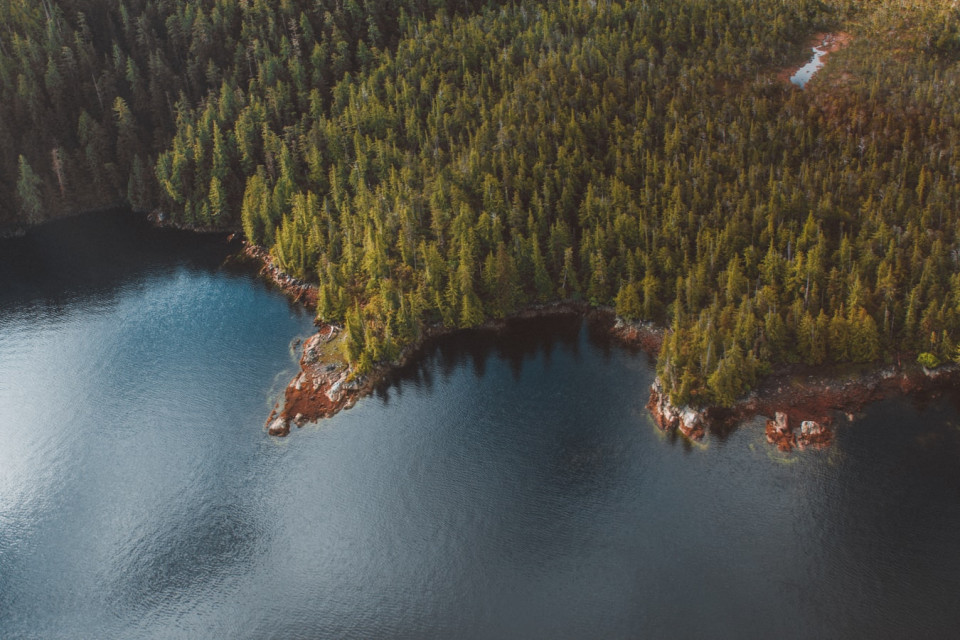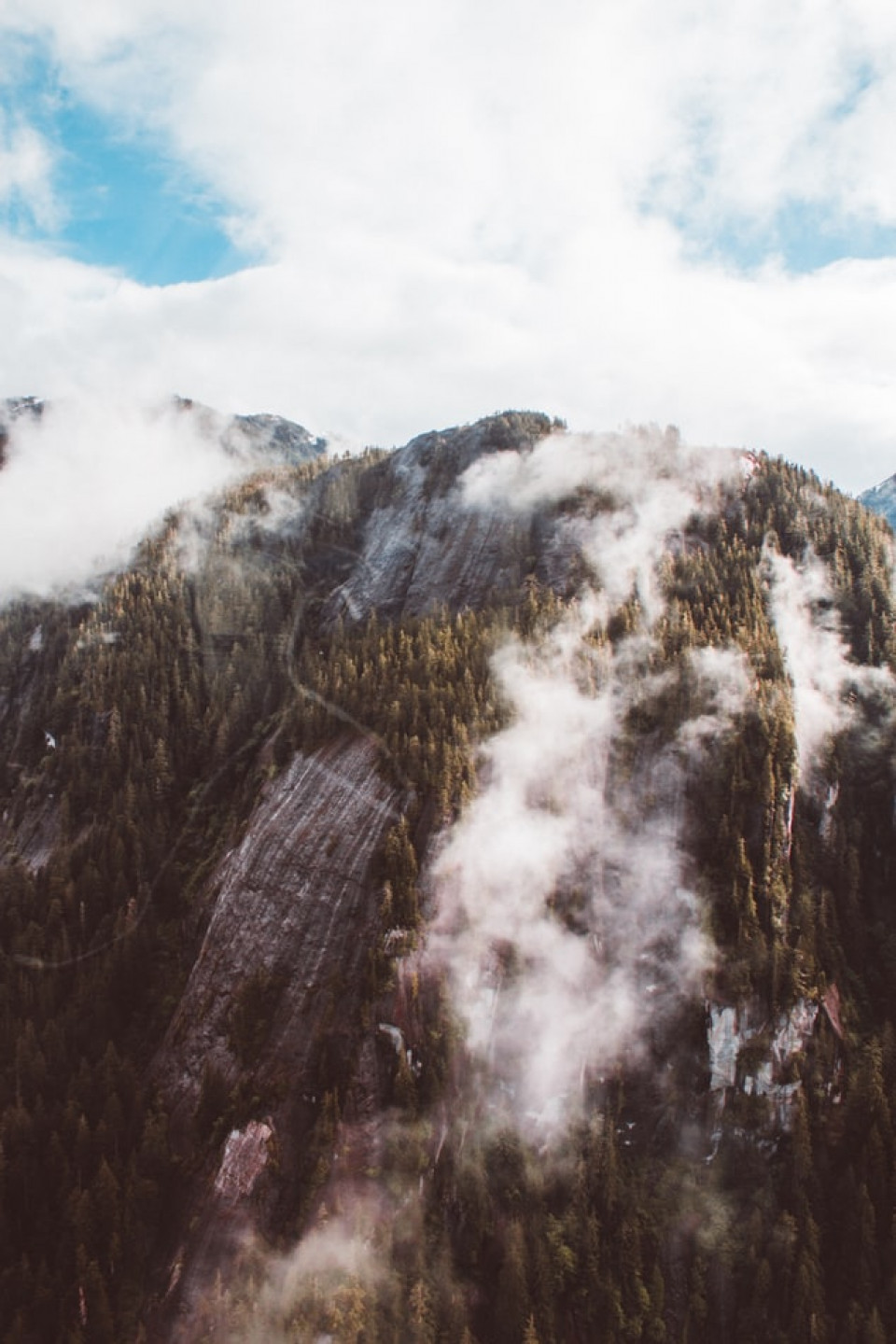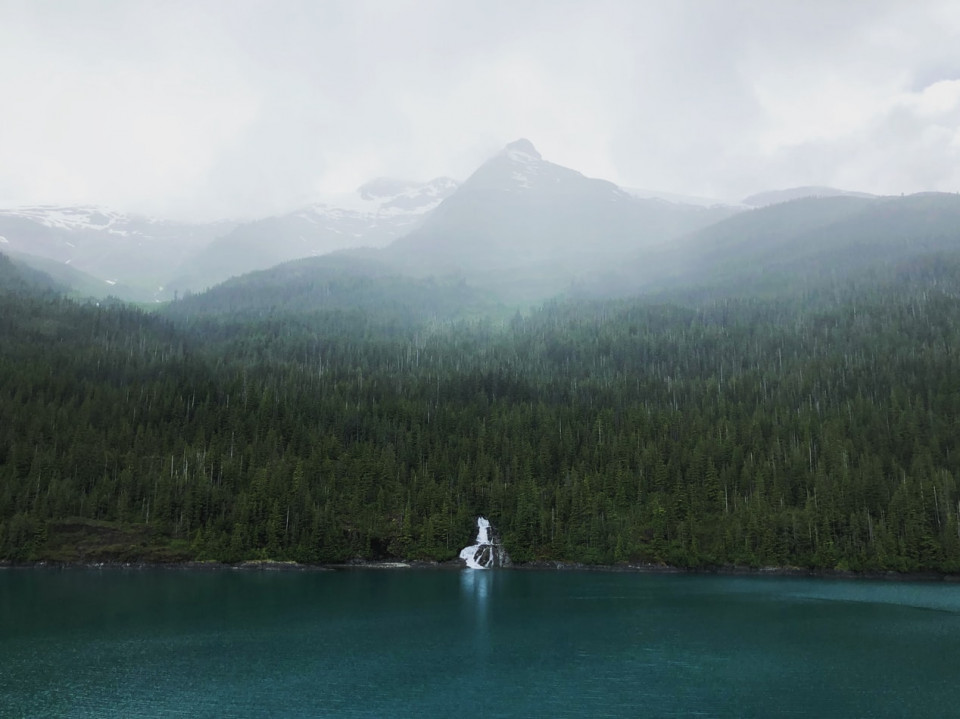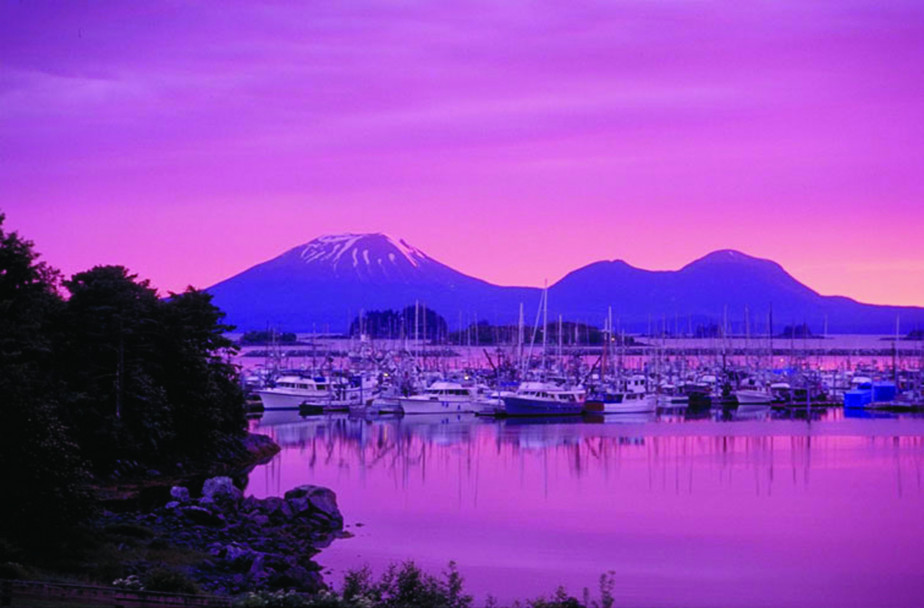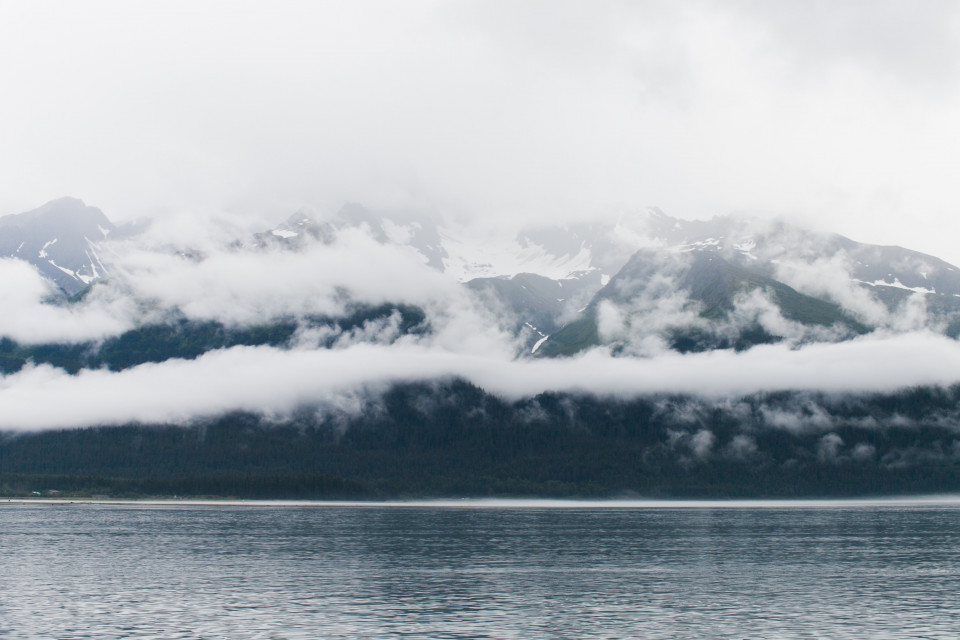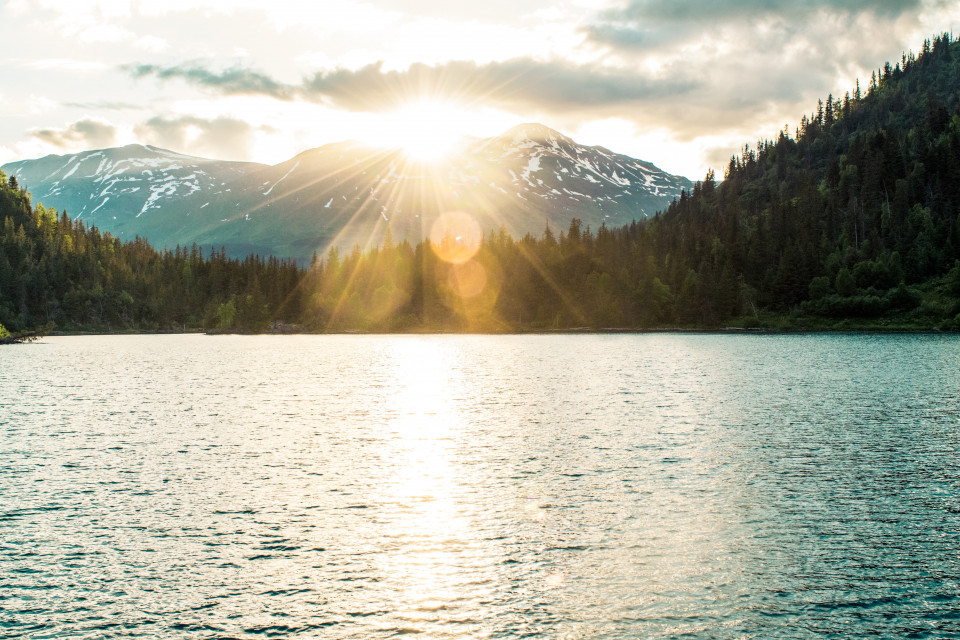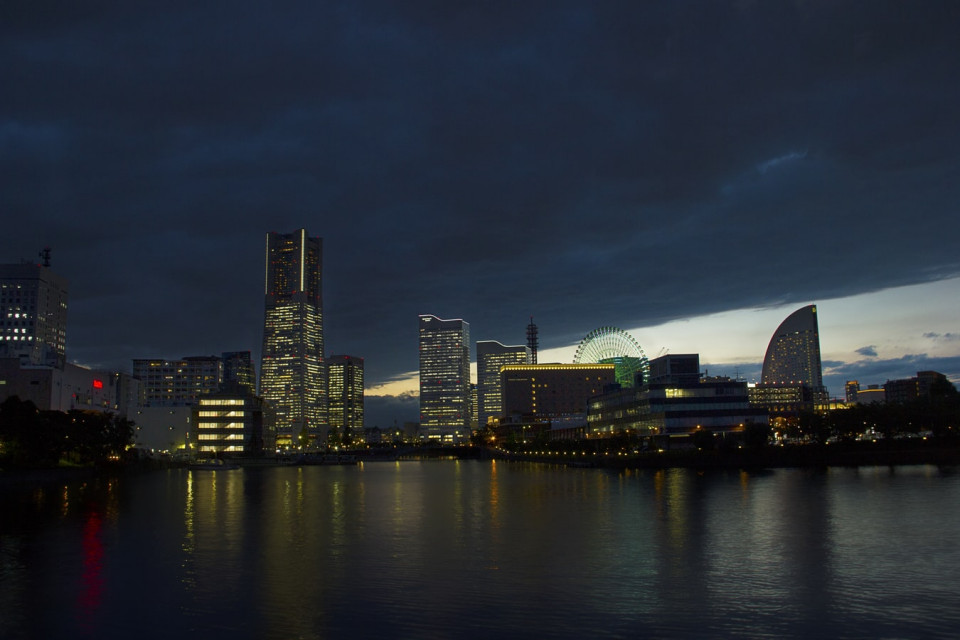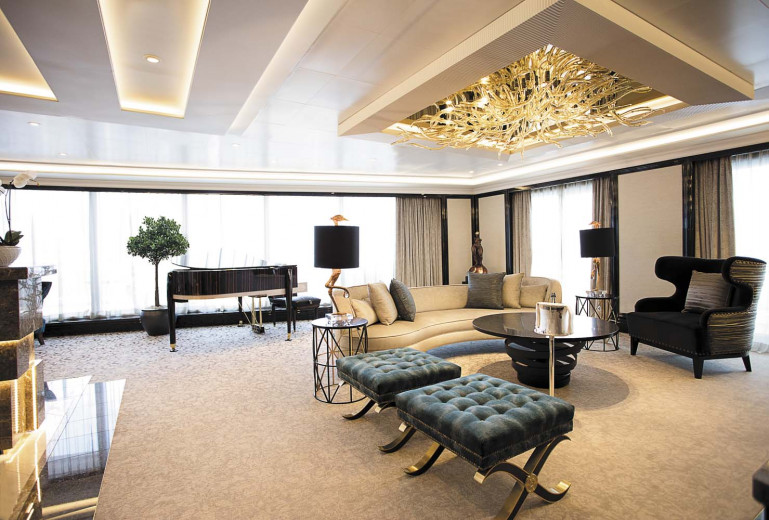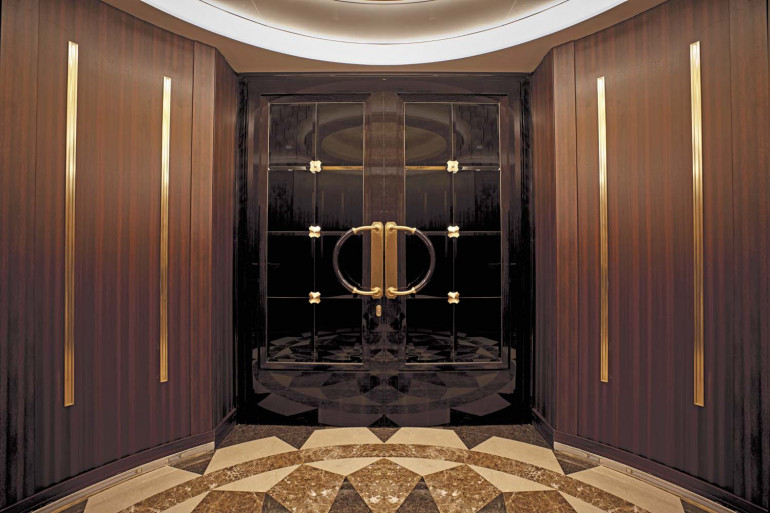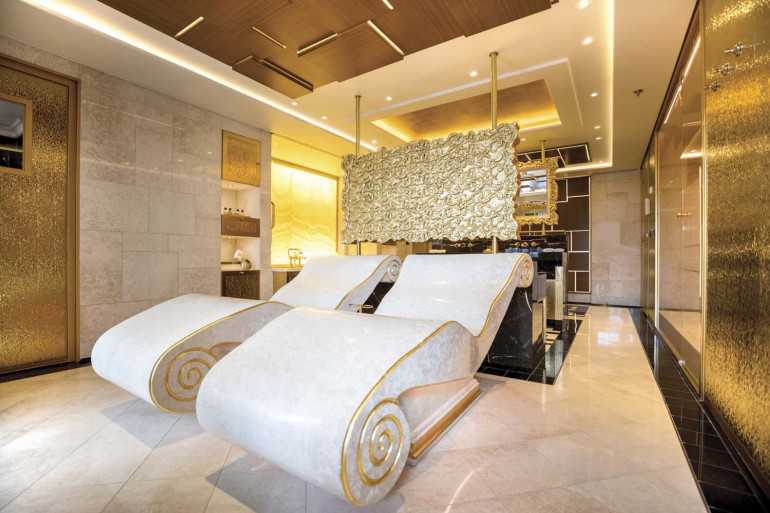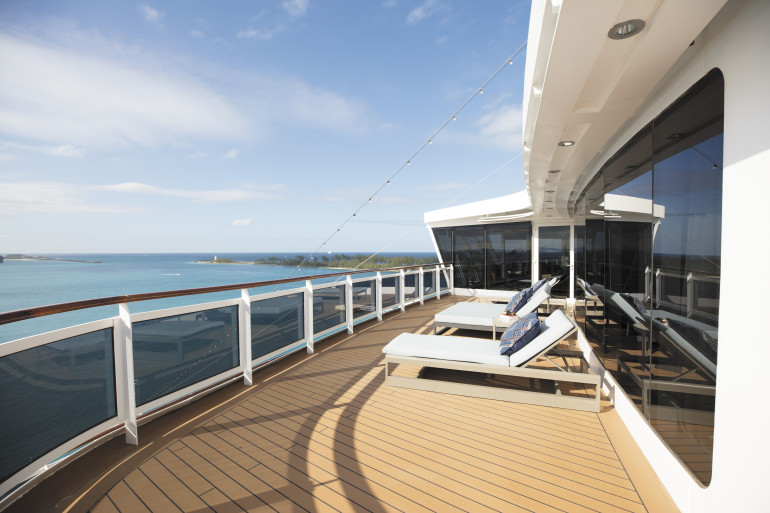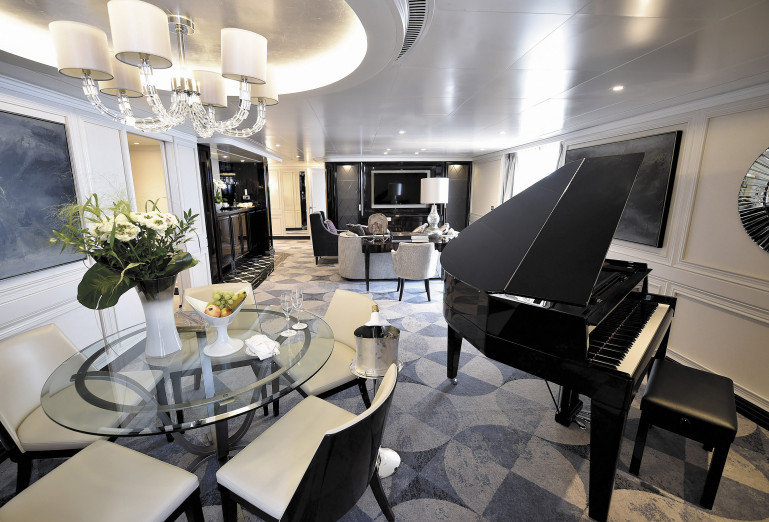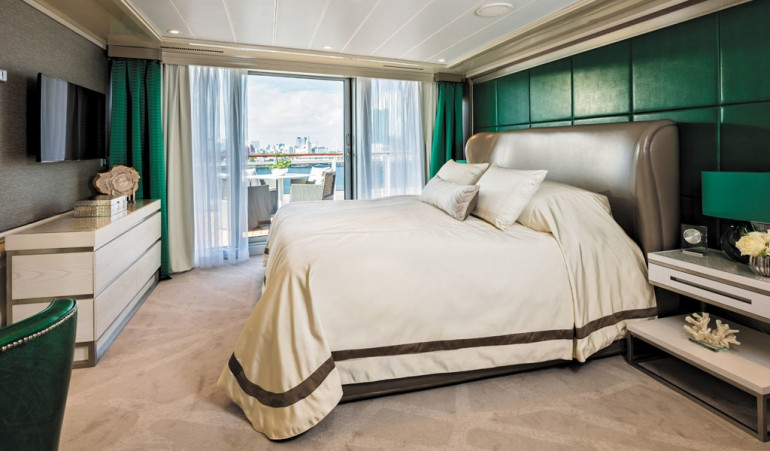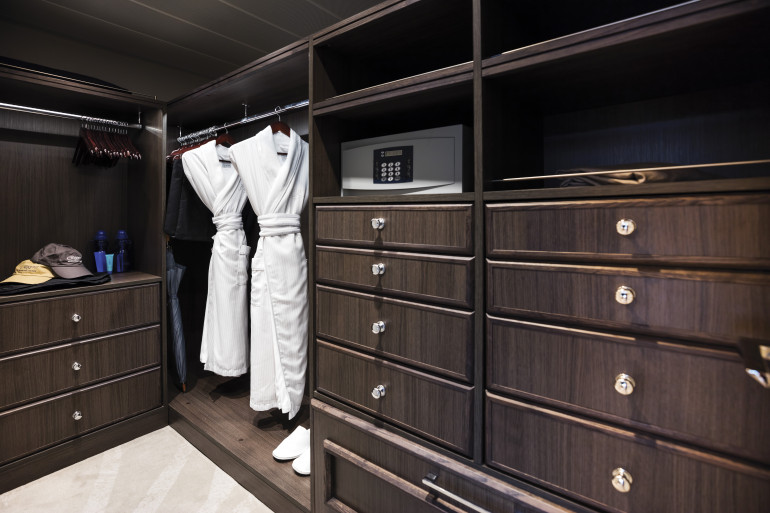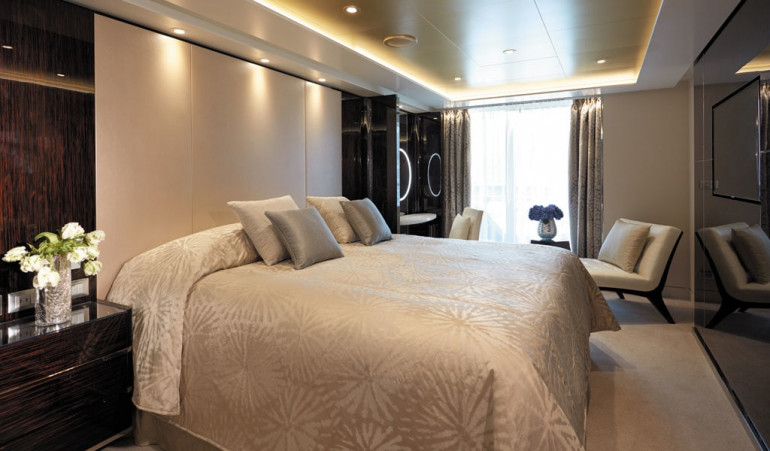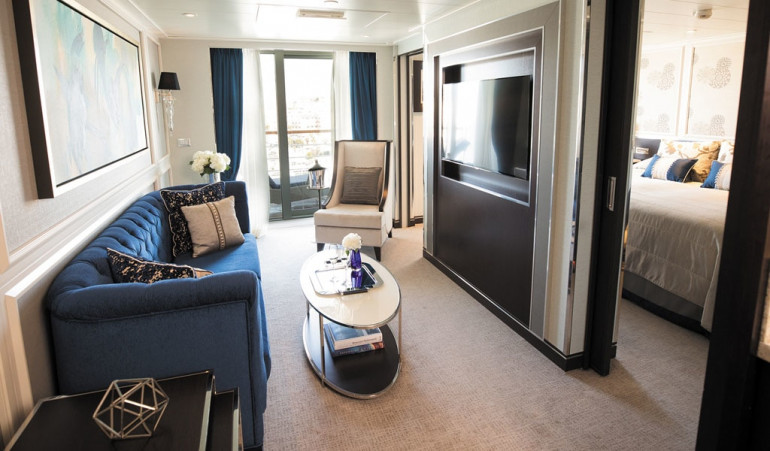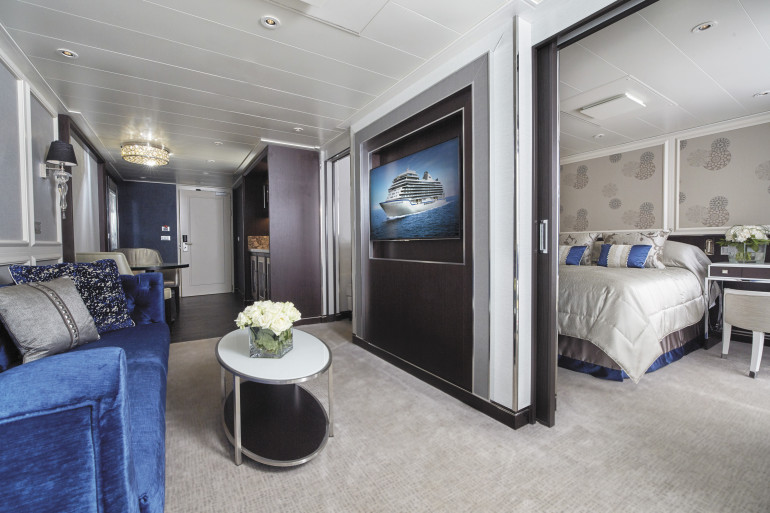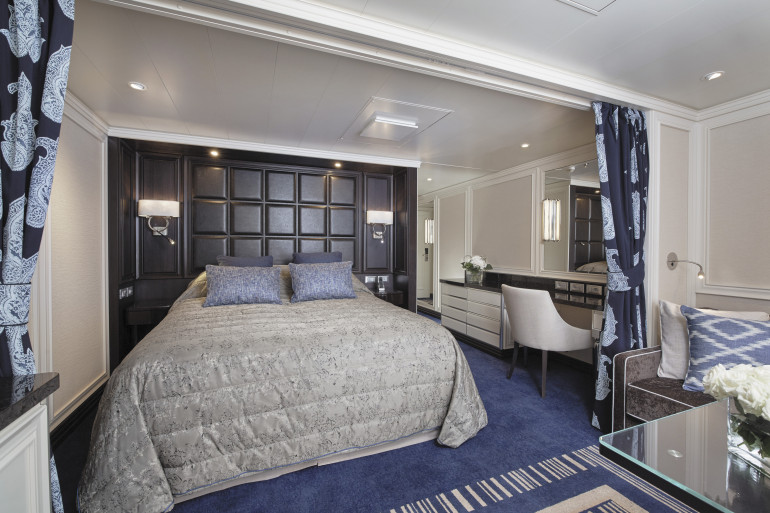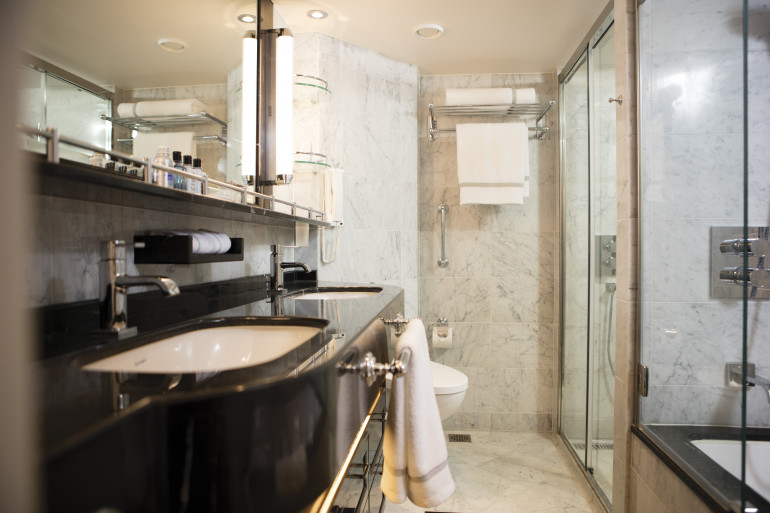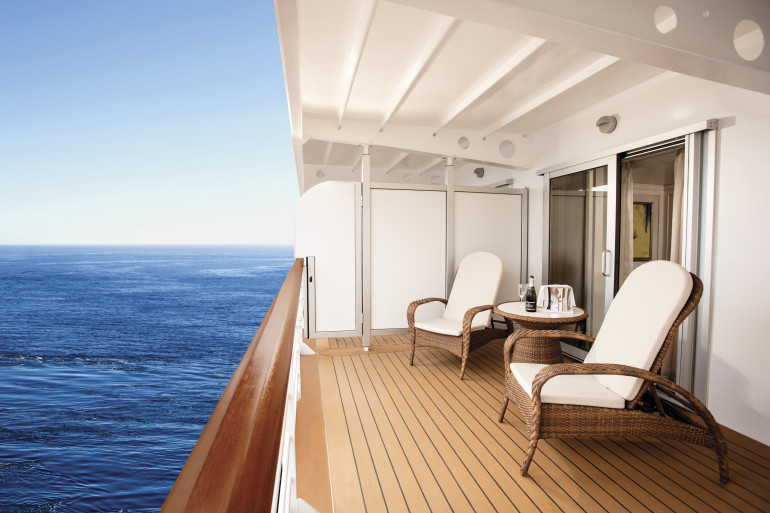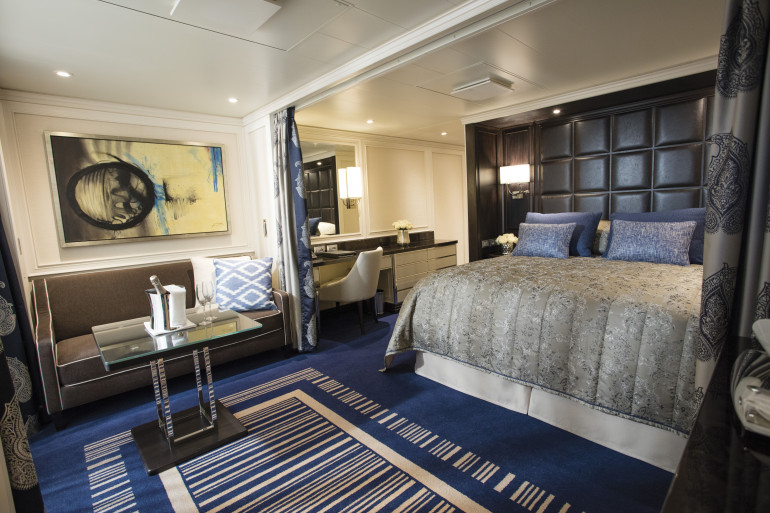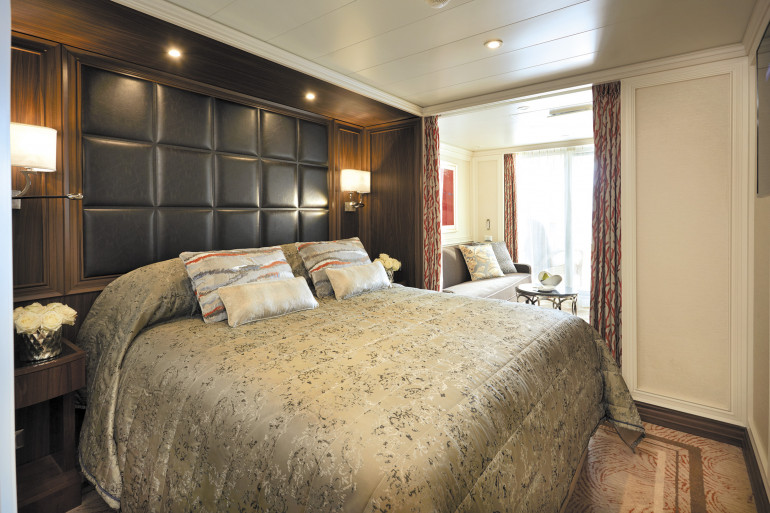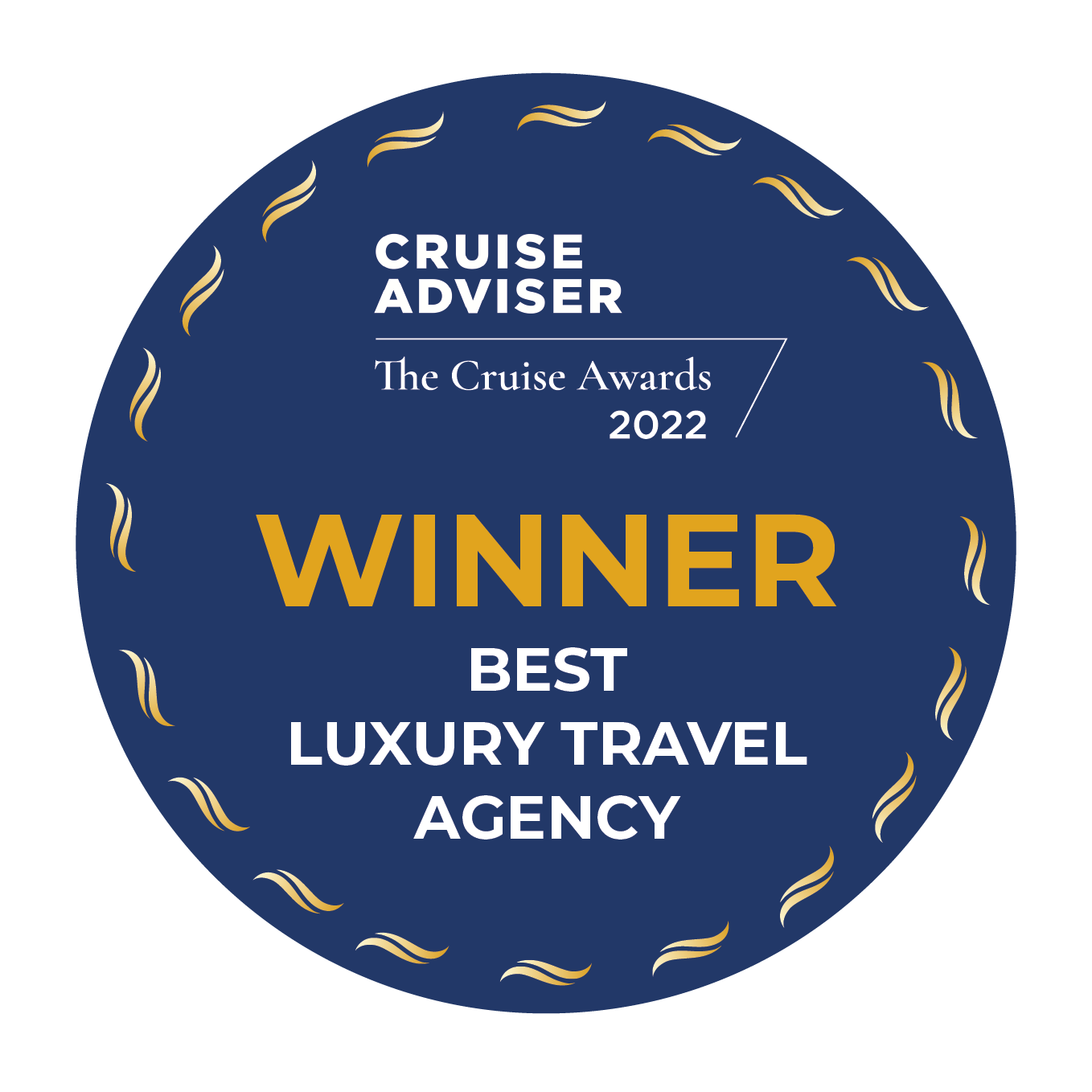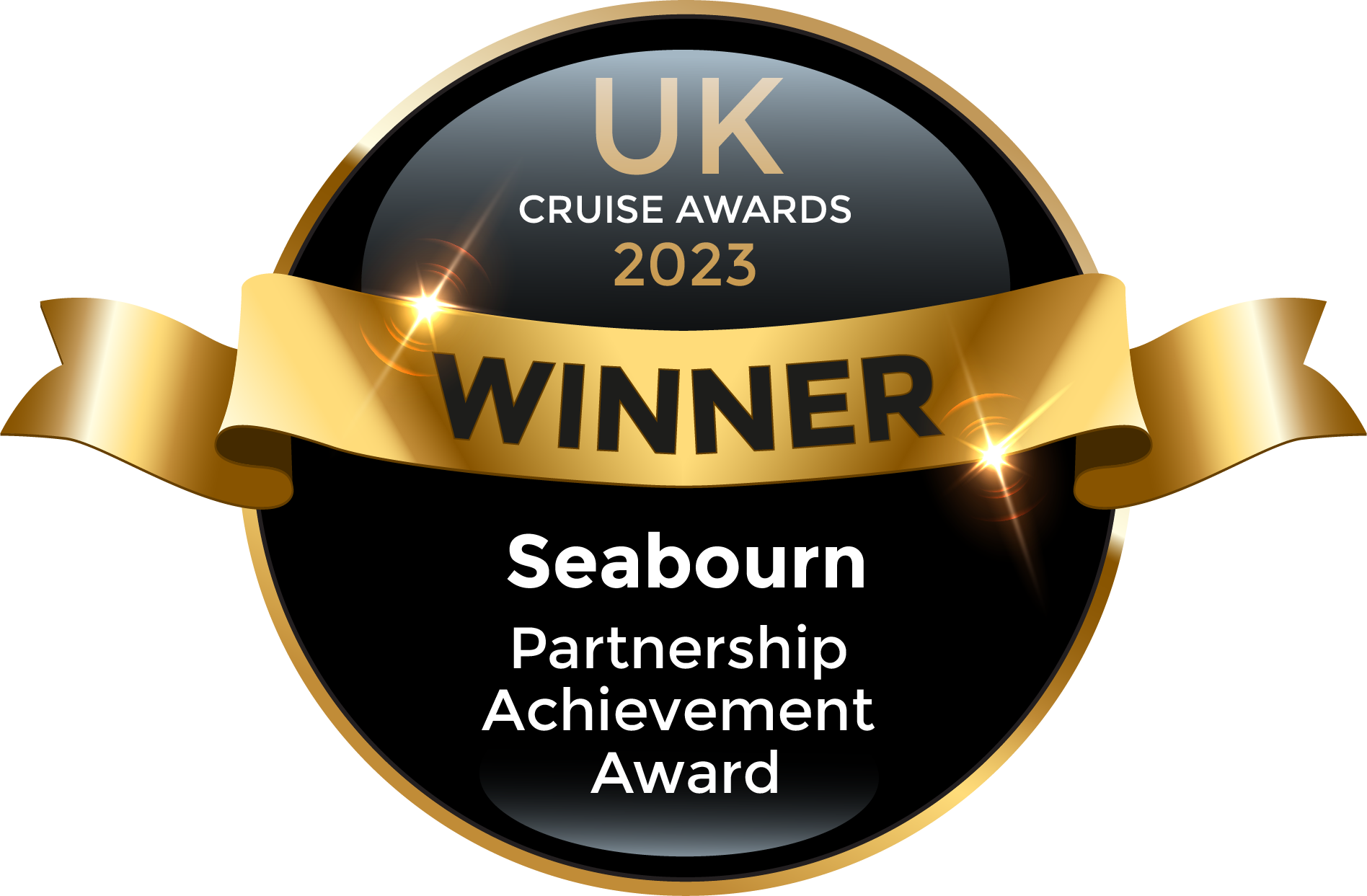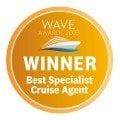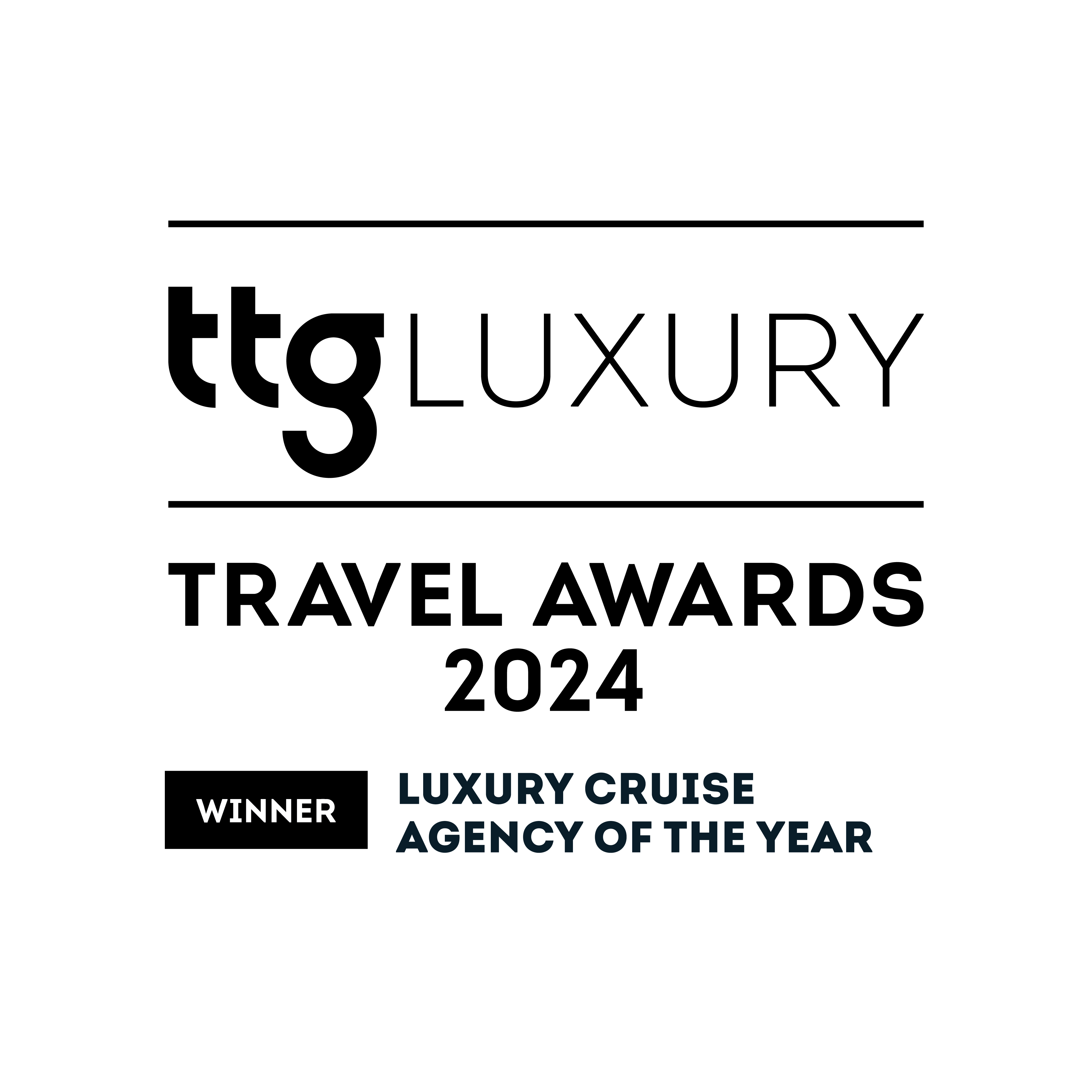Summary
No ordinary shipboard cooking class, our Culinary Arts Kitchen will make you believe you’ve stumbled into one of the world’s prestigious cooking schools. An impressive 18 individual cooking stations sit atop three long, curved rows with white quartzite countertops and stainless steel accents, a formidable array you’ll put to good use preparing a variety of exquisite dishes that will amaze friends and family back home.
CULINARY CLASSES DETAILS
TREASURES OF THE AEGEAN
Cast off the mythology surrounding Greek food in this immersive class that reveals the essence of the Mediterranean diet and one of the healthiest cuisines in the world. Through favorite dishes from Corfu, Crete, Rhodes and Santorini, discover local ingredients and traditional techniques used to prepare these recipes during a magical exploration of Greece and its mouthwatering cuisine.
A FRENCH LOVE AFFAIR
Fall in love with France and its celebrated cuisine as you explore the country through time-honored dishes. Prepare French classics – the kinds of dishes that chefs like to make at home – and get to know the different regions of France through the unique flavors of each. You will also learn traditional French culinary techniques and gain a better understanding of how to pair French food and wine.
BATTER UP
After learning about batter-based recipes ranging from French crêpes and Tuscan flatbread to Santorini tomato fritters and Turkish zucchini fritters, you will see – and taste – that the simple things in life are often the best. Sweet and savory, crunchy and fluffy, memorable and delicious … you’ll savor it all as you explore the world, one batter at a time.
FAMILIA CUBANA
Regent Seven Seas Cruises has a special connection to Cuba, as top executive Frank Del Rio is Cuban, and we were one of the first cruise lines to sail there in recent history. This class honors cherished family recipes passed down for generations as well as modern interpretations of Cuban classics. Sip a perfectly prepared mojito as you embark on a journey into the kitchens, culture and history of Cuba.
FARMSTAND FABULOUS
This class focuses on how to shop and cook like a chef, inspired by what you discover at the farmer’s market or in the produce aisle. Learn to approach your shopping trip like a blank canvas that takes shape based on what fresh ingredients you find in season. Recipes will change depending on the region and time of year, but the techniques for preparing seasonal masterpieces remain tried and true.
FLIP-FLOP FLORIBBEAN
Nowhere is the influence of Caribbean cuisine embraced more authentically than in Florida – especially in Miami. Flip-flop cuisine celebrates the casual, comforting food and drink that is inspired by the islands, adopted by Florida, and sure to please friends and family at your next gathering. Fun is inevitable, appetite is required, and the rum will be flowing.
ISLAND FUSION
Each with a unique culinary footprint, the Caribbean islands are the perfect place to learn about where you are traveling through the regional cuisine. Local traditions and native ingredients illuminate the indigenous culture and natural resources of each island, while the influences of France, Spain, Africa, India and China reveal how the culinary heritage of the Caribbean was shaped by colonialism.
TURN UP THE HEAT
Regardless of the technique – grilling, sautéing, pan frying, roasting, baking, broiling or braising – the fundamentals of high-heat cooking are essential for any home cook, whether a master or novice. In addition to preparing meat and understanding how to use quick-read thermometers for perfect results every time, you will find out what high-heat techniques can do for vegetables, breads and fruit.
MEDITERRANEAN MASTERPIECES
Tailored to your specific itinerary, this exploration of culinary masterpieces will take you to the heart of Mediterranean destinations such as Italy, Greece, Israel, Spain, France and Morocco. Iconic dishes passed down for generations illuminate each country’s culinary heritage and unique ingredients, and you will master time-honored techniques while preparing authentic regional dishes.
THE NOURISHED KITCHEN: PLANT-BASED COMFORTS
Whether you follow a plant-based diet or simply wish to introduce more plant-based dishes into your culinary repertoire, learn the hottest new trends that embrace the flavors of nature’s bounty and enhance longevity. Prepare healthy, innovative and delicious plant-based recipes developed through our work with the Teaching Kitchen Collaborative of Harvard University and The Culinary Institute of America.
NEW WORLD MEDITERRANEAN
Before there was the Mediterranean cuisine that you know today, there was Mediterranean cuisine without ingredients like tomatoes, potatoes, corn, melons, chocolate, nutmeg and more. On this fascinating journey back in time, you will learn about, prepare and sample dishes that existed before and after the Columbian Exchange – when ingredients brought from the Americas were incorporated into Old World cuisine.
ON A PLATE & IN A GLASS
Pairing food and wine is for some a passion, for others a hobby, and for many a mystery. Regardless of your wine acumen, you’ll learn something new in this class that explores food and wine pairing from the unique perspective of the chef. While a sommelier chooses a wine to complement a dish, you will discover recipes inspired by the chef’s question, “What can I create that will showcase this wine?”
SENSUOUS SPAIN
The rich tradition and culinary integrity of Spain are evident in its tapas – small plates best described as little bites with big flavor. As you sip sangria blanca and prepare classic tapas recipes, you will begin to understand why many believe that tapas are more than food – they are a lifestyle. You’ll be ready to share this delectable lifestyle with friends at your next Spanish-themed dinner party.
SWEET, SALTY, SOUR, BITTER, UMAMI
While there are many flavors, there are only five tastes: sweet, salty, sour, bitter and umami. Unpacking the complexity of these tastes will elevate your knowledge of how to bring out the best in your home cooking. Learn how to prepare food with intention, discover how master chefs use these tastes to create unforgettable flavors, and explore pairing techniques that complement your favorite wine.
WORLD OF FLAVOR: STREET FOOD
If you’re familiar with the joy of finding a buttery waffle at a street stand in Belgium or a delicious falafel at a family-run stall in Haifa, this globetrotting exploration of street food is for you. Learn about secret ingredients, special techniques and family recipes that our chefs have discovered as they’ve traveled the world in search of great street food and conversed with the locals who create it.
UP YOUR BRUNCH GAME
If brunch isn’t already your favorite meal, it will be after this flavorful look at the favorite brunch recipes of the chefs of Regent Seven Seas Cruises. The essential techniques that you learn in this class will not only make your brunches unforgettable but also enhance any dish. Discover delicious new recipes that will transcend brunch and impress your friends and family at any meal.














